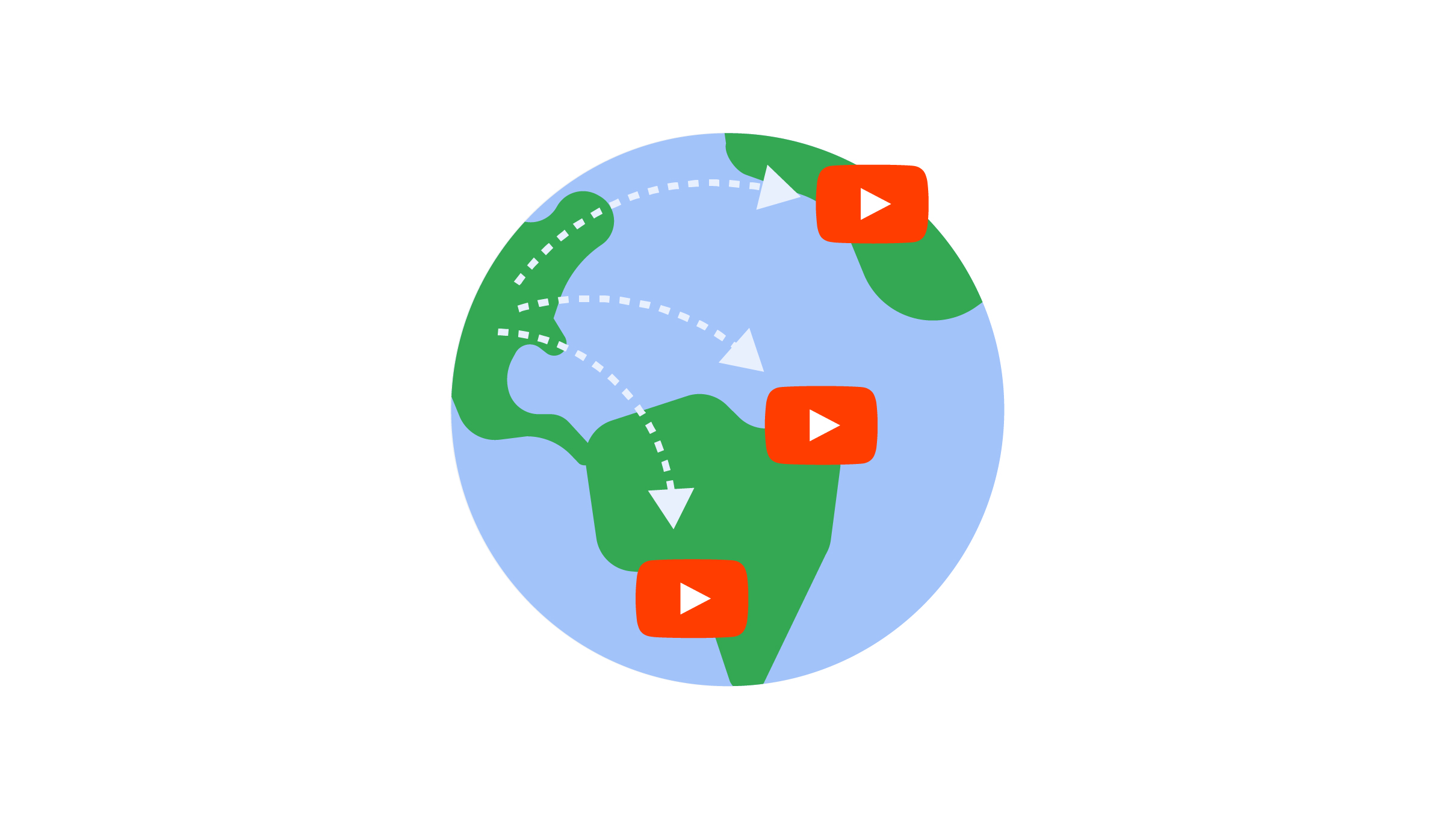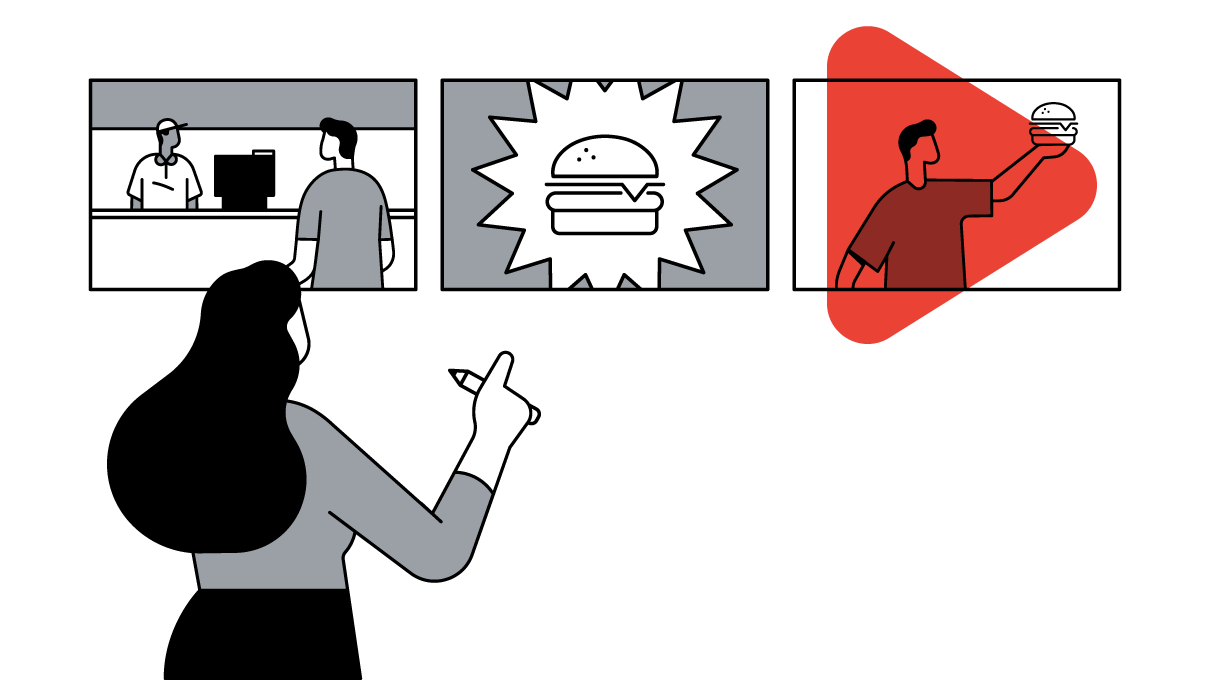For today’s consumers, shopping doesn’t begin and end in the store. With so many options both in stores and online, digital and video play a huge role in getting people through the door. For example, 80% of people say they typically switch between online search and video when researching products to buy.1 It’s no wonder, then, that every brand with an online and offline presence is looking for better ways to connect the dots between the two.

That challenge was all too familiar to H&R Block. While 60% of its customers come to H&R Block retail stores to get in-person tax help, consumer behavior in the finance industry is changing. Today, for example, more than half of offline investors gather information online first.2
So how did the company merge its online and offline experiences? Through a YouTube campaign that led to a 31% increase in incremental reach, almost 1.4 million store visits, and 79,000 confirmed retail appointments.
Creating an omnichannel campaign based on intent and affinity
H&R Block started by analyzing Google Search data to see how people were asking for tax help and to uncover some of their most pressing questions.
Based on that research, the team identified two types of customer behaviors: those who were doing research online but later visited a physical store, and those who were looking to do everything — from research to filing their taxes — online.
With this insight, they built video ads tailored to each need. For example, if someone had previously carried out a Google search for “tax help near me,” they might see a YouTube video ad showcasing the helpfulness of H&R Block’s tax pros and inviting them to sign up for an in-person appointment.
Someone who had searched for “online tax software” might see a video directing them to H&R Block’s online tax preparation.
“Looking at user intent on search helped us customize our video message and connect with our audience in a much more powerful way,” said Amy Clark, director of media at H&R Block.
In addition to leaning into these two audiences, H&R Block partnered with its creative agency, Deutsch LA, to create more than 15 different six-, 15-, and 30-second ads showcasing a range of common tax questions related to everything from child care expenses to student loans, aimed at reaching custom affinity audiences, like “deal-seeking moms,” and custom intent audiences, like “DIYers.” The brand also used geotargeting, creating a customized ad for areas where it was snowing.
By being hyperrelevant to its audiences, H&R Block could break through the noise and give consumers what they were looking for in the moment.
Finding the best proxy for the job
The final step in the campaign was measuring its success. In the past, H&R Block connected digital campaigns to digital KPIs, optimizing for what it could squarely measure: online appointments. But this proxy didn’t capture the full picture.
The team at H&R Block used the store visits tool, which uses anonymous, aggregated statistics to determine how many people who click or view an ad then go on to visit a store. By doing so, they could connect the impact its online campaign had in driving customers into retail stores.
With its video ad campaign, H&R Block also used a treatment group and a control group to understand the true incremental lift of this campaign. The result? Over 1 million store visits and 79,000 confirmed appointments.







